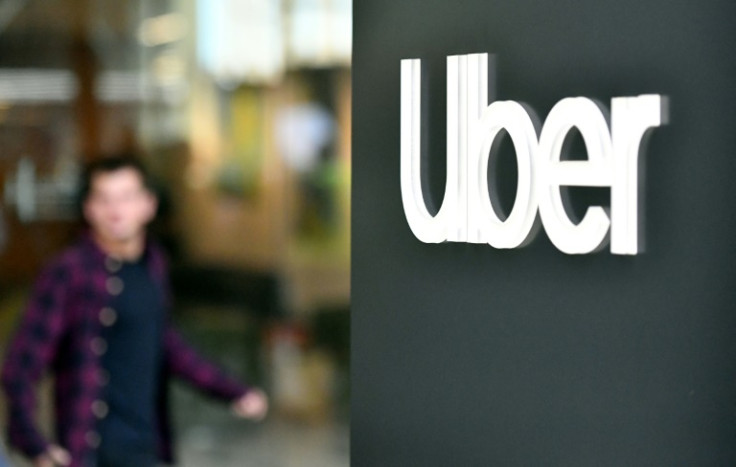Uber Is Riding To Profitability At A Slower Speed As It Tries To Fix Its Business Model

Ride-hailing leader Uber Technologies Inc. is on the road to profitability but at a slower pace.
That's according to the company's third-quarter financial report in 2023. It showed that adjusted EBITDA more than doubled from the previous year. In addition, income from operations came at $394 million, up $68 million from the prior quarter.
"This indicates that Uber has improved its operational efficiency and cost management, as well as benefited from the recovery of travel demand after the pandemic," Luca Rovinalti, CEO at Svet Solutions Media, told International Business Times.
Meanwhile, Uber's revenue growth, something momentum investors monitor closely for young companies, slowed down in some of its new business ventures, like food delivery and freight.
For instance, Uber Eats' gross bookings declined by 10% from the previous quarter.
"Uber has shown a mixed financial performance in recent years," Jennifer Mea, business strategist and founder of Crestpoint Consulting, told IBT. "It faced losses while aggressively expanding into new markets and investing in innovative technologies like autonomous vehicles."
Rovinalti attributes the losses in the food delivery segment to the growing competition, regulatory pressures and labor shortages that impacted other market sectors like Uber Freight. This business segment reported a negative adjusted EBITDA of $73 million in Q3 despite growing its gross bookings by 65% year-over-year.
Uber is a global leader in ride-hailing, food delivery and other mobility services. Its app connects drivers and riders, capitalizing on the economies of a network associated with a large base of users.
"Uber has a large and loyal customer base, a vast and flexible driver network and a strong presence in over 70 countries and 900 cities," said Rovinalti. "They also offer a variety of mobility solutions, such as ride-hailing, food delivery, freight and electric bikes and scooters, to cater to different customer needs and preferences."
But its road to profitability faces several challenges.
Top on the list is direct competition from Lyft. That should be fine for Uber, except the platforms of the two companies are too similar, which turns the ride-hailing market into a homogeneous oligopoly. As a result, customers can switch back and forth between the two platforms, meaning each company needs more pricing power.
To solve the problem, Uber has leveraged its significant presence in the ride-hailing market to expand to other markets like food delivery and freight. In addition, it has taken steps to create "lock-in" customer relations. For instance, the company has introduced Uber One, a $99.99 annual membership program that bundles the best Uber rides, delivery and groceries.
However, these markets are highly competitive and require sizable investments, which can explain the company's poor performance in the food delivery and freight businesses.
Next on the list are legal and social challenges in several markets, ranging from fair wage policies for drivers to antitrust scrutiny and the environmental impact.
"Uber has been involved in several disputes with regulators, workers and competitors over these issues," Rovinalti explained. "Uber needs to balance its interests with those of its stakeholders and society and adopt a more sustainable and responsible approach to its business practices."
Rovinalti thinks Uber is getting its business model right in some areas but still has room for improvement and innovation in others. "Uber has proven its resilience and adaptability in the face of changing market conditions," he added. "Still, it must also address its industry and society's emerging threats and challenges. These days, companies need to pay increased attention to the well-being of their employees and contractors, and this will surely be relevant for the future performance and perception of Uber in many markets."
Mea is of a similar opinion. "Uber's business model has undergone changes and adaptations to remain competitive and achieve profitability in certain areas," she said. "However, the long-term success of their strategy may depend on factors like regulatory challenges, competition and economic conditions."
© Copyright IBTimes 2024. All rights reserved.






















